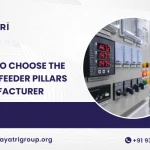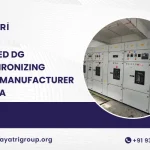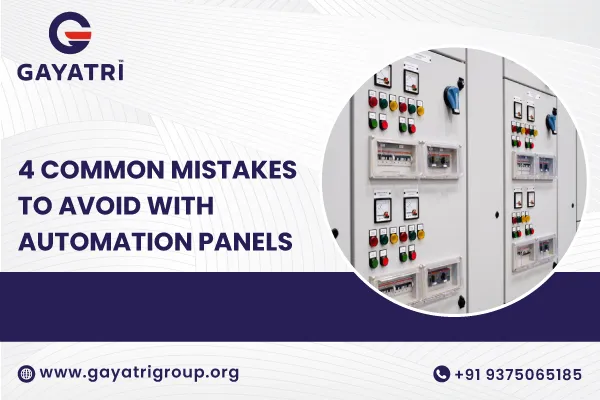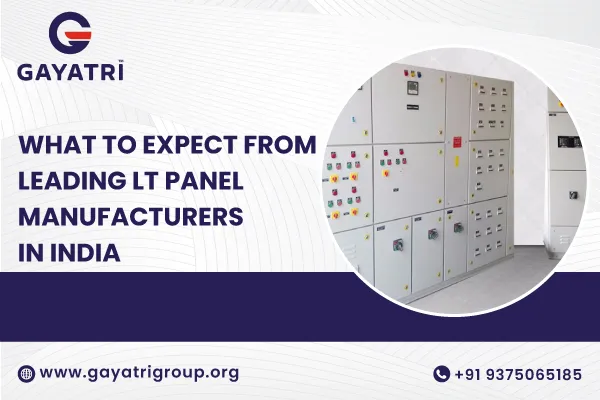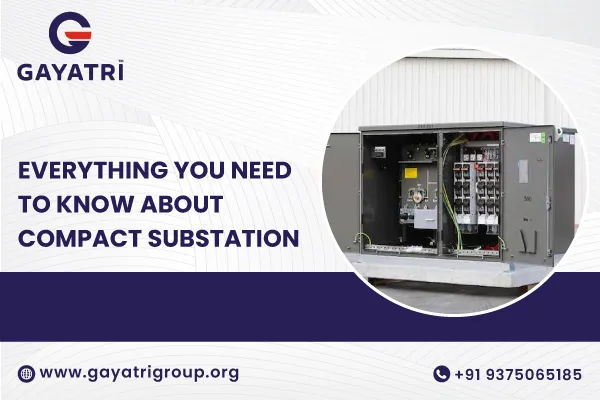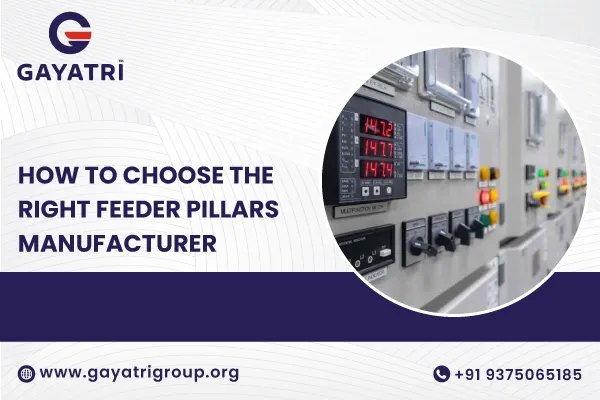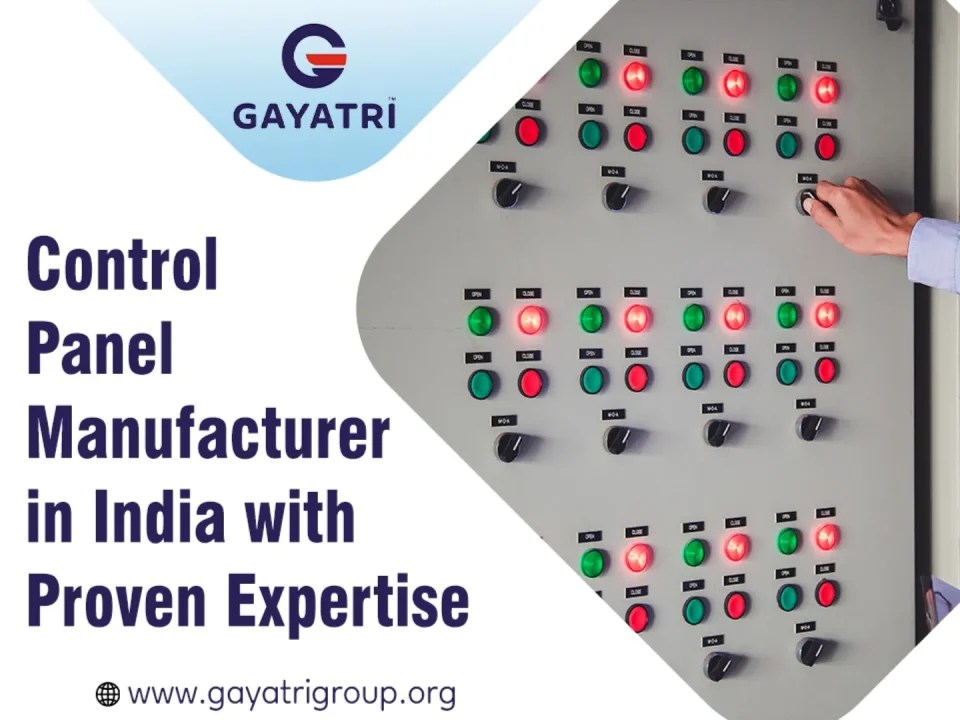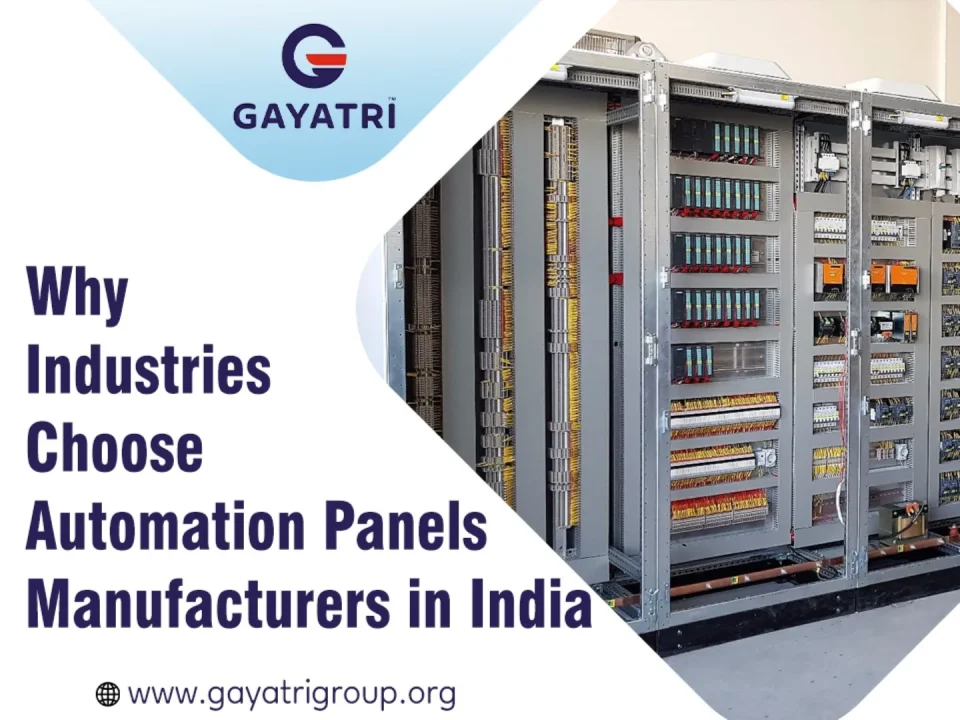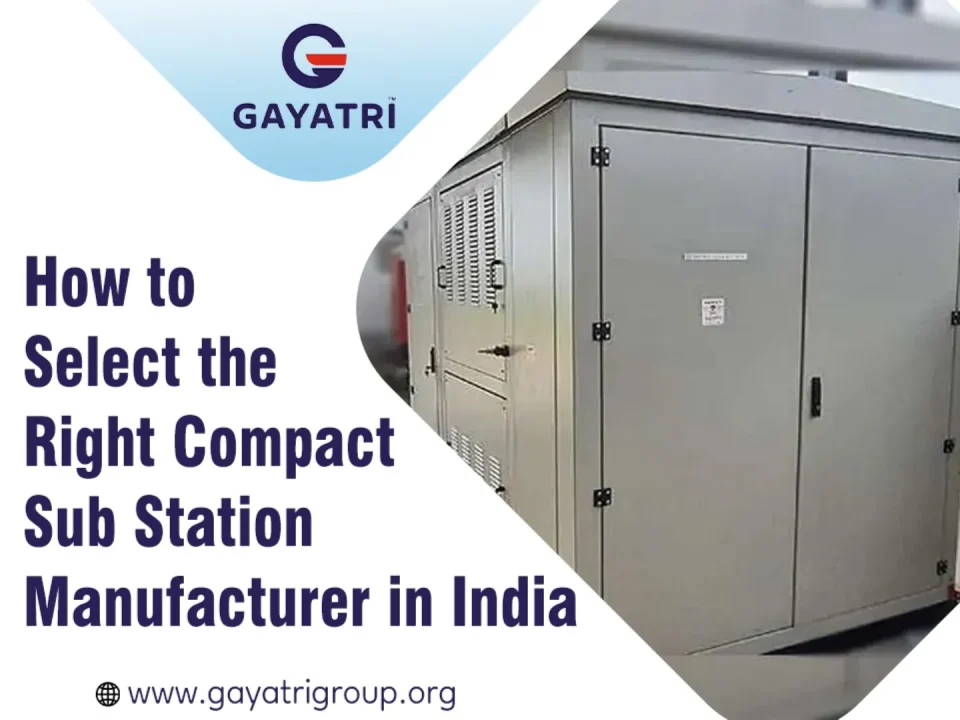Many industries face performance issues due to small yet common errors during automation panel setup. These mistakes include improper wiring, poor ventilation, lack of future expansion planning, and ignoring routine inspection. Fixing these issues at an early stage helps boost output and reduce downtime. Gayatri Private Limited understands the necessity of well-structured automation solutions. As one of the trusted Automation Panels Manufacturers in India, we focus on practical design, ease of use, and long-term performance. Avoiding these mistakes not only helps with smoother functioning but also saves maintenance costs.
Avoid These Common Automation Panel Mistakes
Improper Wiring Connections
Improper wiring connections can lead to unexpected failures, short circuits, or even damage to the automation panel. Loose connections, mislabeled wires, and disorganized cable layouts complicate maintenance and raise the risk of unplanned downtime. Careful attention during installation, along with proper wire route and secure connections, help prevent such issues.
How Poor Wiring Can Interrupt Performance
Poor wiring can lead to unstable power supply, signal loss, and frequent malfunctions within the automation panel. These issues may cause delays, reduce output quality, and create safety concerns. Inconsistent wiring can also make it difficult to identify faults quickly during troubleshooting. Proper planning, correct wire sizing, and organized layouts help avoid performance interruptions. A clean and accurate wiring setup supports smoother processes and minimizes the risk of breakdowns during critical tasks.
Tips to Maintain Safe and Neat Wiring
Maintaining safe and neat wiring begins with using the right cable size and quality connectors. Keep wires organized using cable trays, tags, and proper labeling for easy identification. Avoid overloading terminals and ensure all connections are tight and secure. Keep power and signal lines apart to minimize electrical interference. Inspect your wiring on a regular basis for indicators of wear or damage.
Ignoring Expansion Needs
Ignoring expansion needs during the design of an automation panel can lead to space limitations and costly modifications later. As system demands grow, the lack of extra room for new components or upgrades may slow down workflow and increase downtime. It’s important to leave space for future additions such as controllers, relays, or terminals.
Future Add-Ons Often Get Overlooked
Future add-ons are often overlooked when planning automation panels, leading to limited flexibility and space issues later. As production systems evolve, the need for extra modules, control units, or wiring may arise. Without space or structural allowance, upgrades become difficult and costly. It’s important to leave extra slots and wiring paths to support future adjustments. Planning with expansion in mind saves time and prevents major rework.
Plan to Avoid Panel Rework
Planning during the design stage helps avoid panel rework and unnecessary downtime. A clear layout with space for future components, proper wiring paths, and easy access to terminals supports long-term usability. When future requirements are ignored, even small changes may require major modifications. Early planning saves cost, time, and effort by reducing the need for redesign. Careful consideration of future needs during initial setup makes the panel easier to maintain, upgrade, and adapt to changing system demands.
Skipping Regular Inspection
Skipping regular inspection of automation panels can lead to unnoticed faults, loose connections, and gradual system failure. Over time, dust, moisture, or vibration may affect panel components, causing unexpected issues. Scheduled checks help spot early signs of damage and reduce the chance of sudden breakdowns. Regular maintenance also supports safety and keeps performance steady.
Small Issues Can Grow Over Time
Small issues in automation panels, such as loose wires, worn-out components, or minor voltage drops, may seem unimportant at first but can grow into major problems over time. If ignored, these minor faults can lead to reduced performance, system errors, or unexpected shutdowns. Regular checks help detect and correct these problems early. Addressing them while they’re still small prevents damage to other parts of the system and reduces repair costs.
What to Include in a Routine Check
A routine check of automation panels should include inspection of wiring connections, terminal tightness, and signs of overheating or wear. Look for dust buildup, moisture, or loose components that may affect performance. Test indicators, fuses, and breakers to confirm they’re working properly. Verify that labelling is still clear and readable for easier maintenance. Regular cleaning and visual checks help keep the panel safe and functional.
Ignoring Ventilation Needs
Ignoring ventilation needs in automation panels can lead to overheating, which affects overall performance and shortens the lifespan of internal components. Building up heat can also lead to machine damage and sudden shutdowns. Proper airflow and spacing inside the panel help maintain stable temperatures and support uninterrupted performance. Using cooling fans, heat exchangers, or air conditioners where needed helps maintain internal balance.
How Overheating Impacts Panel Performance
Overheating in automation panels can cause major issues such as tripped circuits, delayed responses, and component failure. When internal temperatures rise beyond safe limits, sensitive electronics may malfunction or lose efficiency. Prolonged exposure to heat also reduces the durability of wires and terminals. This can result in frequent breakdowns and increased repair costs.
Best Practices for Airflow and Heat Control
Automation screens need to be able to control airflow and heat well to work properly. Start by allowing enough space between components to avoid heat buildup. Use cooling fans or air conditioners in enclosed environments to manage temperature levels. Position ventilation openings strategically for better circulation.
Why Choose Us
At Gayatri Private Limited, we focus on delivering well-built automation panels designed for performance, safety, and long-term use. With years of technical experience and a commitment to quality, we provide solutions that support smooth control and consistent output. Our panels are built using tested components and clear layouts for easier handling and maintenance. As one of the trusted Automation Panels Manufacturers in India, we maintain high standards at every stage, from design to delivery.
Conclusion
Avoiding common mistakes in automation panels can prevent delays, reduce maintenance costs, and support better performance over time. Issues like poor wiring, limited space for expansion, and lack of regular inspection are often overlooked but can affect long-term panel usage. Taking the time to plan and maintain each detail during setup helps avoid future rework. Gayatri Private Limited takes a careful approach to panel design and functionality. As one of the experienced Automation Panels Manufacturers in India, we focus on building panels that support consistency, safety, and practical usage.
Need high-quality Automation Panels? Call +91 9375065185 or email marketing@gayatrigroup.org for expert guidance and solutions!


